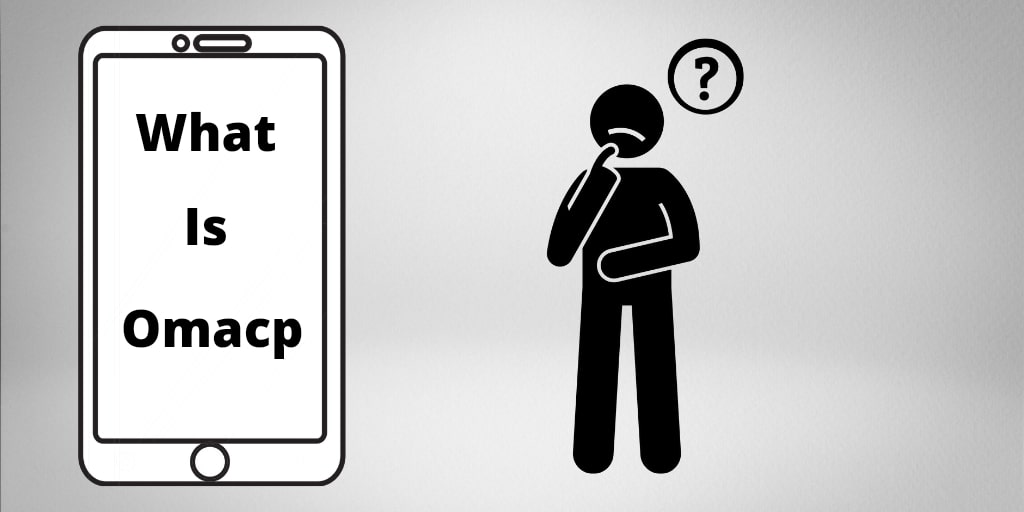Business
Choosing the Right Marketing Channel for Your Business: A Comprehensive Guide

Choosing the right marketing channel for your business can feel like navigating a labyrinth. It’s not just about picking one path and hoping it leads to success; it’s about strategically selecting the avenues that will drive your brand forward, reach your target audience, and generate results. Understanding your business goals is pivotal in this selection process.
In today’s digital era, you’re presented with a plethora of marketing channels. From traditional methods such as print ads and billboards to contemporary digital platforms like social media, email marketing, and SEO – the options seem endless. Unraveling this complex web starts with understanding what each channel has to offer and aligning that with your specific business needs.
Remember: there’s no one-size-fits-all in marketing. What works for another may not work for you. Your choice should be driven by an understanding of where your audience is, what they respond best to, and how these channels align with your overall business objectives. Your perfect mix will likely consist of multiple channels working harmoniously together in a well-oiled machine known as an integrated marketing strategy.
Understanding Marketing Channels
Navigating the marketing landscape can feel like a daunting task, but it’s critical for your business’s success. The first step? Identifying who you’re trying to reach.
Identifying Your Business’s Target Audience
Before you start exploring different marketing channels, it’s crucial to understand your target audience. Who are they? What do they want or need? Which popular commercial performer are they into? These are questions you’ll have to answer before moving forward. For example, if you’re an online store that sells vintage clothing, your target audience might be eco-conscious millennials who value unique and sustainable fashion. By understanding this group’s preferences and habits, you’ll be able to tailor your marketing efforts more effectively.
Evaluating Different Marketing Channels
There are countless marketing channels out there—from traditional methods like print advertising and direct mailings, to digital ones such as social media and search engine optimization (SEO). Each comes with its own set of benefits and challenges.
Let’s dive into some examples:
- Print Advertising: It has been around for centuries—think newspapers, magazines, billboards, etc. While it may seem outdated in today’s digital world, don’t underestimate its power! Print ads can still make a significant impact when targeting local audiences.
- Direct Mailings: Sending promotional materials directly to potential customers’ mailboxes is another effective strategy. However, keep in mind that it requires careful planning and execution.
- Social Media: Platforms like Facebook and Instagram offer businesses a chance to engage with their audience on a personal level. They’re perfect tools for sharing brand stories and creating meaningful connections.
- Search Engine Optimization (SEO): If done correctly, SEO can help boost your website’s visibility on search engine results pages (SERPs), driving more organic traffic towards your site.
Making the Right Channel Choice for Your Business
Selecting the right channel for your business isn’t just about what works best overall—it depends heavily on what works best for you. Consider factors such as budget constraints or staff expertise when making this decision. If you’re operating on a tight budget but have tech-savvy team members skilled in SEO tactics—that could be the way to go! On the other hand if there’s room in the budget for print ads which resonate well with your local demographic—then why not give them a shot?
Evaluating Your Business Needs
Before you dive into selecting your marketing channels, it’s essential to evaluate your business needs. Why is this important? Because understanding what you need is the first step in choosing the right path for your venture.
Firstly, let’s consider your target audience. Who are they and where can they be found? You’ll find that some marketing channels speak more directly to certain demographics. For instance, if your products cater to a younger demographic, social media platforms like Instagram or TikTok might serve as an effective channel for reaching them.
Secondly, reflect on the nature of your product or service. Is it something best demonstrated visually? Then video-based platforms such as YouTube could be a potential avenue for promotion. On the other hand, if you’re dealing with complex services requiring detailed explanations, blogging or podcasting might suit better.
Another critical factor is budget allocation. Some marketing channels require significant investment while others are relatively affordable.
Last but certainly not least: time commitment. Each marketing channel will demand different amounts of time and resources from you and your team. Are you equipped with enough manpower to handle these demands?
- Traditional advertising (TV, radio) may require considerable content production time.
- Social media requires regular updates and engagement.
- SEO efforts for blogging take time to show results.
Incorporating Budget into Channel Selection
Let’s face it, when it comes to selecting the right marketing channel for your business, budget is a key player. You’re not alone if you’ve ever found yourself asking “How much should I allocate to marketing?” or “Which channels offer the best return on investment?”. These are common questions that plague many businesses, especially startups and small businesses with limited resources.
Start by assessing your current financial standing. How much can you comfortably set aside for marketing without compromising other important aspects of your business? It’s crucial not to overspend as this could lead to financial strain down the line. At the same time, under-investing may result in missed opportunities for growth.
Once you’ve determined a rough budget, the next step is comparing costs across different channels. Bear in mind average costs and actual expenses can vary greatly based on factors like industry type, geographical location, and competition level among others.
Remember that cost isn’t everything though! Weigh each channel’s potential ROI against its costs. A pricier option might actually yield better results if it reaches more of your target audience or generates higher engagement rates. It’s about finding balance between what you spend and what you stand to gain.
Lastly but importantly: Be flexible! Your initial plan might need tweaking once you start seeing real-world results (or lack thereof). Don’t be afraid to shift funds around or try new tactics as needed. The most successful marketers aren’t those who stick rigidly to their plans—they’re the ones who adapt and evolve with their audience’s needs.
Measuring Channel Effectiveness
Measuring the effectiveness of your chosen marketing channel is paramount. It’s not enough to simply implement a strategy and hope for the best. You need solid evidence that your efforts are paying off. But how do you know if a specific channel is effective?
Firstly, it’s crucial to establish clear objectives and key performance indicators (KPIs) for each channel. These KPIs will vary depending on your business goals, but could include metrics like customer acquisition cost, click-through rates, or conversion rates.
- Customer Acquisition Cost: This metric allows you to determine how much it costs to acquire one new customer through a specific marketing channel.
- Click-Through Rates: This measures how many people clicked on your ad or link compared to the total number who saw it.
- Conversion Rates: Simply put, this shows what percentage of users took the desired action after interacting with your content.
If you’re tracking these metrics and they’re showing positive trends, then you can confidently say that your chosen marketing channels are working.
However, don’t fall into the trap of focusing solely on numerical data. It’s equally important to understand qualitatively why certain channels perform better than others. Soliciting feedback from your customers can provide invaluable insights into their preferences and behaviors – information you wouldn’t be able to glean from numbers alone.
Finally, keep in mind that measuring channel effectiveness isn’t a one-time activity – it should be an ongoing process that evolves as both your business and market conditions change. Regularly review and adjust your strategies based on the results of these measurements for optimal effectiveness.
-
Blog1 year ago
MyCSULB: Login to CSULB Student and Employee Portal – MyCSULB 2023
-
Android App3 years ago
Cqatest App What is It
-
Android1 year ago
What Is content://com.android.browser.home/ All About in 2023? Set Up content com android browser home
-
Software2 years ago
A Guide For Better Cybersecurity & Data Protection For Your Devices
-
Latest News2 years ago
Soap2day Similar Sites And Alternatives To Watch Free Movies
-
Android2 years ago
What is OMACP And How To Remove It? Easy Guide OMACP 2022
-
Android3 years ago
What is org.codeaurora.snapcam?
-
Business2 years ago
Know Your Business (KYB) Process – Critical Component For Partnerships





















